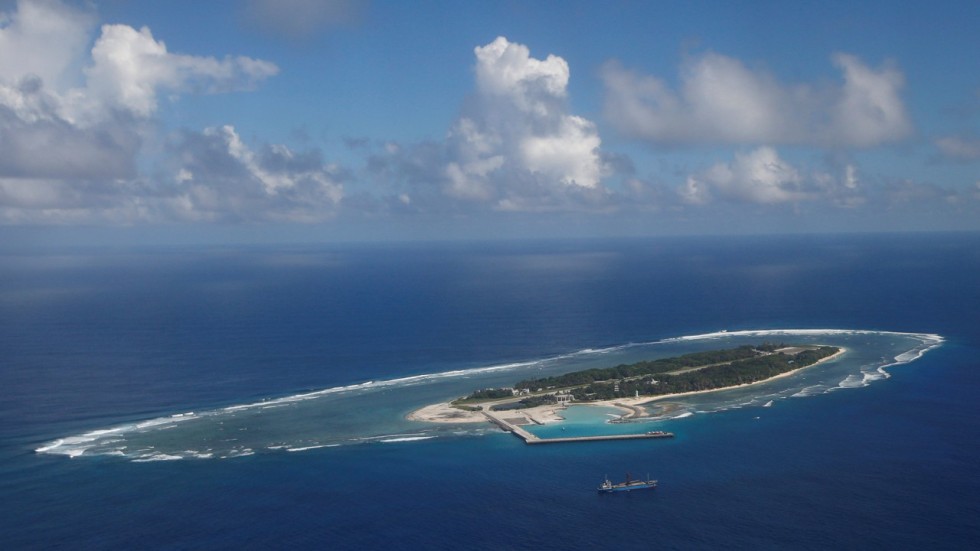By Ajit Ranade
 Just over a month ago Prime Minister Modi went to Wuhan for an informal bilateral two-day meeting with President Xi Jinping. This was supposedly at the invitation of the Chinese President. In fact Xi said to Modi that in his five years, he had moved out of the capital to meet a foreign leader only twice, and on both occasions it was to meet with the Indian Prime Minister. Many sceptical analysts wondered what the tangible achievements of the Wuhan summit were, although they overlooked the announcement of joint projects in Afghanistan and the initiative to have direct dialogue between military leaders of the two countries. Coming after the Doklam standoff, the Wuhan visit is a distinct signal of not just thawing of relations, but of the intention for closer engagement. Later this month, PM Modi is expected to participate in the multilateral meeting of the Shanghai Cooperation Organisation in Qingdao. That would be his fifth visit to China since he became PM.
Just over a month ago Prime Minister Modi went to Wuhan for an informal bilateral two-day meeting with President Xi Jinping. This was supposedly at the invitation of the Chinese President. In fact Xi said to Modi that in his five years, he had moved out of the capital to meet a foreign leader only twice, and on both occasions it was to meet with the Indian Prime Minister. Many sceptical analysts wondered what the tangible achievements of the Wuhan summit were, although they overlooked the announcement of joint projects in Afghanistan and the initiative to have direct dialogue between military leaders of the two countries. Coming after the Doklam standoff, the Wuhan visit is a distinct signal of not just thawing of relations, but of the intention for closer engagement. Later this month, PM Modi is expected to participate in the multilateral meeting of the Shanghai Cooperation Organisation in Qingdao. That would be his fifth visit to China since he became PM.
 Just over a month ago Prime Minister Modi went to Wuhan for an informal bilateral two-day meeting with President Xi Jinping. This was supposedly at the invitation of the Chinese President. In fact Xi said to Modi that in his five years, he had moved out of the capital to meet a foreign leader only twice, and on both occasions it was to meet with the Indian Prime Minister. Many sceptical analysts wondered what the tangible achievements of the Wuhan summit were, although they overlooked the announcement of joint projects in Afghanistan and the initiative to have direct dialogue between military leaders of the two countries. Coming after the Doklam standoff, the Wuhan visit is a distinct signal of not just thawing of relations, but of the intention for closer engagement. Later this month, PM Modi is expected to participate in the multilateral meeting of the Shanghai Cooperation Organisation in Qingdao. That would be his fifth visit to China since he became PM.
Just over a month ago Prime Minister Modi went to Wuhan for an informal bilateral two-day meeting with President Xi Jinping. This was supposedly at the invitation of the Chinese President. In fact Xi said to Modi that in his five years, he had moved out of the capital to meet a foreign leader only twice, and on both occasions it was to meet with the Indian Prime Minister. Many sceptical analysts wondered what the tangible achievements of the Wuhan summit were, although they overlooked the announcement of joint projects in Afghanistan and the initiative to have direct dialogue between military leaders of the two countries. Coming after the Doklam standoff, the Wuhan visit is a distinct signal of not just thawing of relations, but of the intention for closer engagement. Later this month, PM Modi is expected to participate in the multilateral meeting of the Shanghai Cooperation Organisation in Qingdao. That would be his fifth visit to China since he became PM.
/arc-anglerfish-arc2-prod-mco.s3.amazonaws.com/public/SJTTDNYUUJHUNLRLCWI3DEV6CI.jpg)














